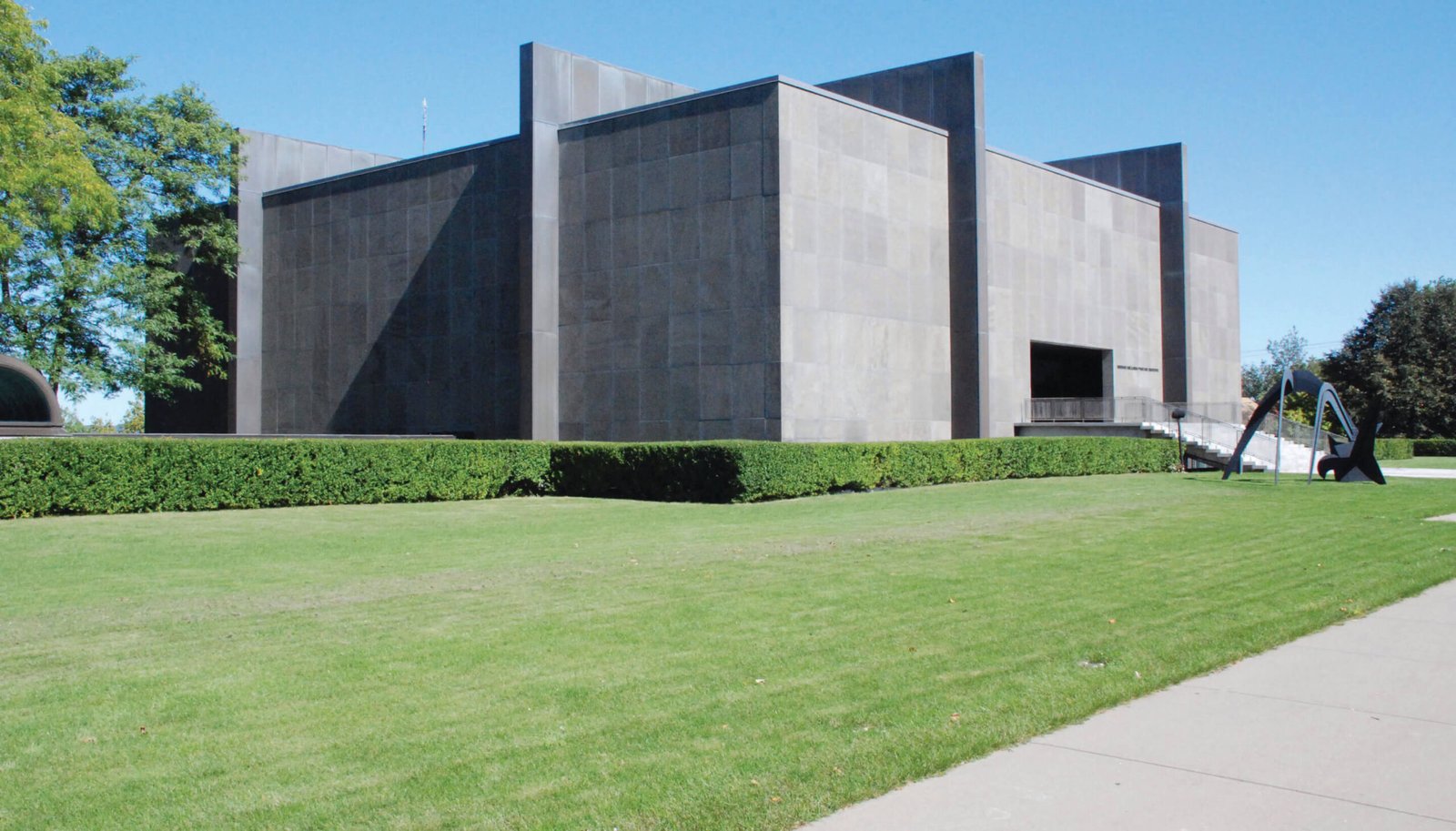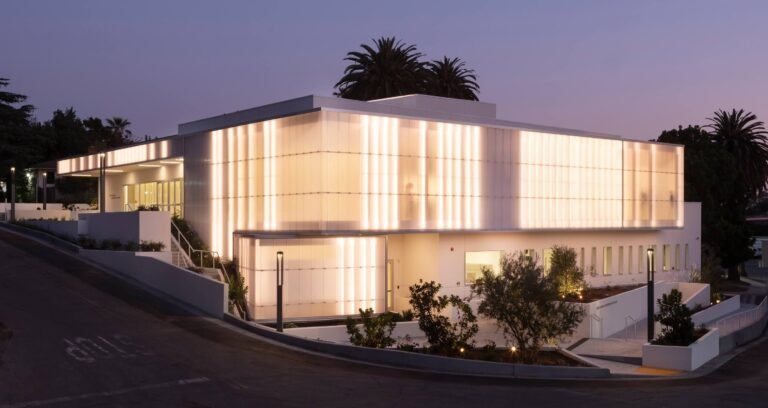Cooper Robertson will revamp the campus of the Munson-Williams-Proctor Arts Institute in Utica, New York
The Munson-Williams-Proctor Arts Institute (MWPAI) has announced that architecture and urban design firm Cooper Robertson will develop a comprehensive master plan for its 10-acre campus in Utica, New York. Located roughly 240 miles northwest of New York City in the Mohawk Valley, the former textile manufacturing hub is currently undergoing a major wave of revitalization focused on its downtown core and sits as the seat of governance for Oneida County.
Informed by forthcoming public engagement efforts, the master plan will set out to transform MWPAI’s “public areas into vibrant community cultural and entertainment spaces, increase accessibility and serve as a catalyst for neighborhood revitalization,” according to a press release announcing Cooper Robertson’s role.
“This project will be about making the entire Munson-Williams environment into a more welcoming destination, and we see so many opportunities for the campus to open up, embrace a broader community, and strengthen its role as an anchor for the neighborhood, the city, and the region,” elaborated Mike Aziz, partner and Director of Campus Planning at Cooper Robertson, on the aim of the master plan.
Established in 1919, MWPAI is a tripartite regional fine arts center that includes a Performing Arts Division, a School of Art that offers both community arts education programming along with an accredited college program associated with the Pratt Institute, and, finally, a renowned Museum of Art with a significant permanent collection partially housed in a boxy, granite-faced 1960 building designed by Philip Johnson. A Utica landmark, Johnson’s windowless, 60,000-square foot museum was added to the National Register of Historic Places in 2010.
The master plan aims to better integrate the MWPAI campus withing the largely residential surrounding Oneida Square neighborhood, positioning it as community anchor that’s more “welcoming and visitor-friendly” per the press announcement. As detailed by MWPAI, other major focus areas of the master plan will include:
- “Exploring classroom/studio utilization so that the School of Art will continue to attract top students to the PrattMWP College of Art and Design while balancing the needs of the Community Arts Education programs”;
- evaluating existing land use and developing a conceptual framework plan for vehicular and pedestrian flows, and identifying opportunities for improved green spaces;
- categorizing and prioritizing capital improvements to establish a long-term strategy for future investment;
- and identifying potential improvements to facilities beyond what Munson-Williams has already documented, and target future space needs.
Central to the campus refresh is a planned park that will be realized on an underutilized swath of land stretching from Genesee Street to Cottage Place. As envisioned by MWPAI, this 49,000-square-foot public green place will play host to a variety of public programming and include new landscaping, lighting, sculptures, and will take advantage of the Museum of Art’s staircase as amphitheater seating for outdoor events.
As mentioned, a number of transformative projects are currently underway in and around Utica, which is New York’s tenth-most populous city. They include a $550 million regional hospital, a $1 billion semiconductor manufacturing facility in nearby Marcy, and a slew—16 in total—of redevelopment projects along the city’s main commercial corridor, Genesee Street. The projects, which range from upgrades to the historic Stanley Theater to the creation of a mixed-use live/work art space, are funded in part by the $10 million Downtown Revitalization Initiative (DRI) award bestowed to Utica by former New York Governor Andrew Cuomo last May. The aforementioned park project at MWPAI will receive $819,500 in funding through the DRI award.
“There’s a diverse array of stakeholders in the Utica area, and we’re hoping to connect with and learn from them,” said Aziz. “We’re also eager to hear from business leaders, other arts institutions, and government representatives in Utica and the surrounding region on how Munson-Williams can better support these groups’ goals and initiatives as a partner, and how its role as a cultural arts district can more effectively serve Utica’s continued revitalization.”
AN will check back with the MWPAI campus master plan as it begins to take shape in the coming months.




